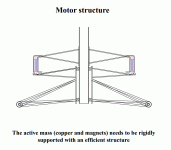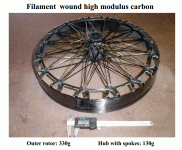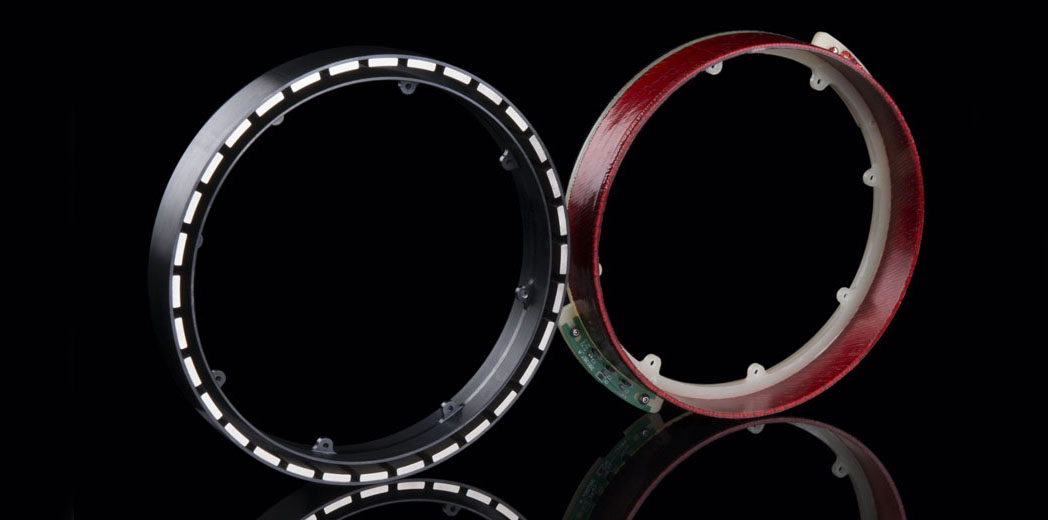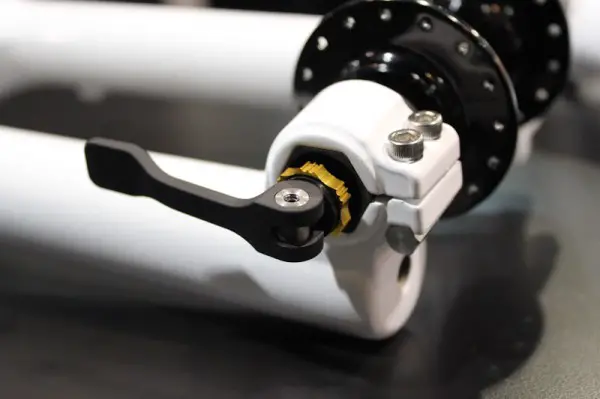After some price searching, it seems Hyperco 50 goes for about $100-150/lbs. That's not as bad as I was expecting. If we could make the rotor back-iron lamination from the same chunk our stator is made from, we can likely get our 1-2lbs of lams from only using perhaps 6-7lbs of Hyperco 50.
I found this crude rule-of-thumb price comparison online:
MATERIAL TYPE RELATIVE COST
Low Carbon Steel 0.5
Silicon Steel 1.0
Thin Electric Steel 10.0
49% Nickel (~Carpenter 49) 12.0
80% Nickel (~HyMu 80) 15.0
Cobalt Alloy (Hiperco 50) 35.0
Miles- Were you thinking N45SH for the magnet material?
Perhaps ball-park of something like ~200-250 of these magnets?
http://www.magnet-shop.com/neodymium-magnets/blockmagnets/blockmagnet-100-x-55-x-20-mm-nickel-n45sh-holds-1-kg::1077.html
That would cost $125-150.
The copper will be cheap, sub $50, even if we do use some exotic stuff.
So, active materials cost is likely in the $1200-1400 range. Then the machined aluminum stator support and custom axle and laser cut CF side covers and custom spoke flanges may be an additional $500-ish.
It's going to end up cheaper than many lightweight pedal bicycle wheels that don't include a motor in them.







